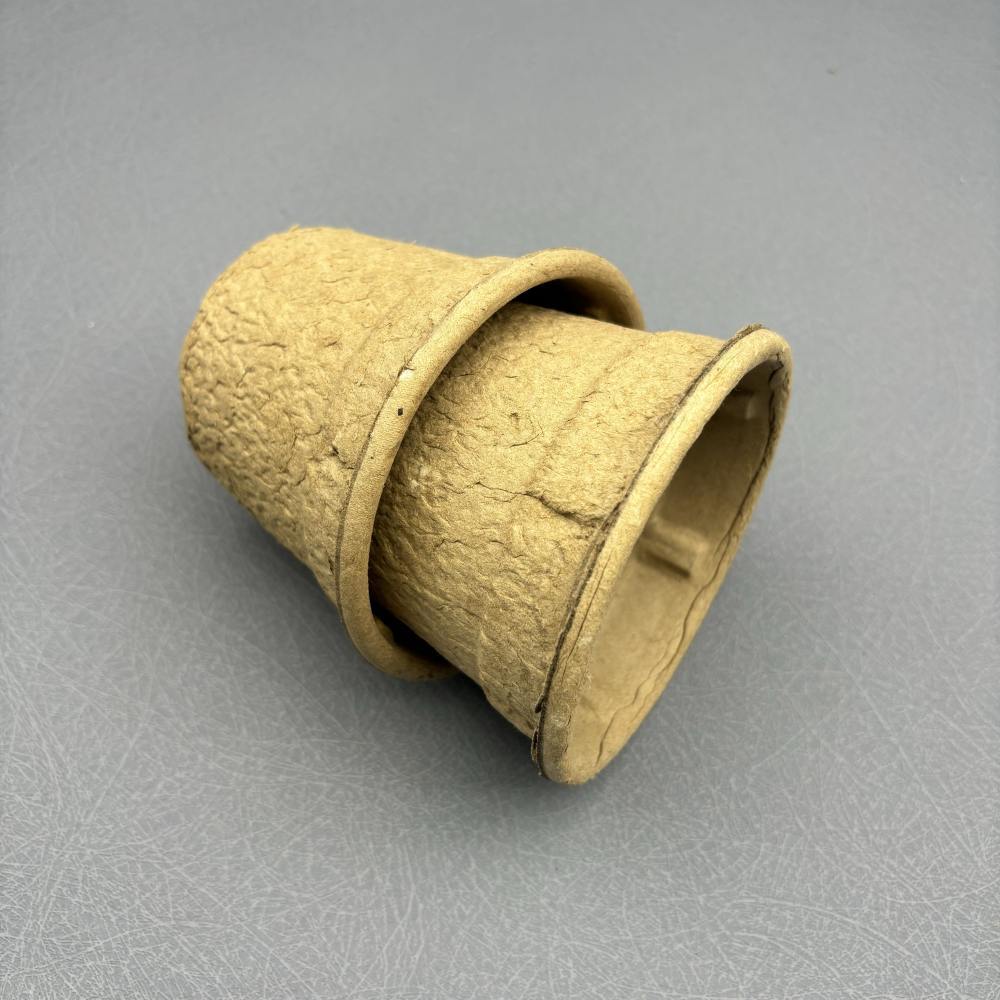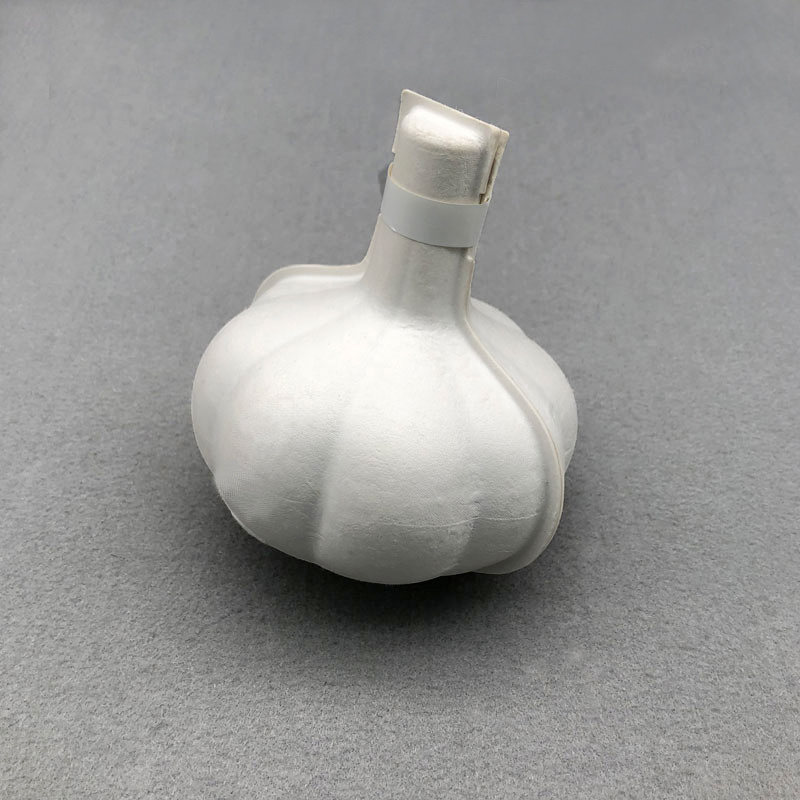Understanding Draft Angle in Paper Pulp Products
Release time:
2025-01-03 14:09
Source:




In the field of paper molding, a frequently mentioned term is "draft angle." This concept is crucial for the production of molded pulp products, which are increasingly popular due to their sustainability and environmental benefits. As the demand for eco-friendly packaging continues to grow, understanding the draft angle can help consumers make informed choices when purchasing these products.
The draft angle refers to the ease with which a molded paper pulp product can be removed from its mold. This characteristic is essential in ensuring that the final product maintains its intended shape and quality. If a product adheres too strongly to the mold, it can significantly increase the difficulty of removing the paper pulp tray or other molded items. This situation can lead to deformation or damage, resulting in products that are not only visually unappealing but also functionally compromised. For example, a damaged food tray made from paper pulp may not be able to hold its contents securely, posing a risk to consumers.
Conversely, if the product is too easy to remove from the mold, it may indicate that it has not been properly formed. This lack of adherence could suggest inadequate density or structural integrity, which can affect the product's durability and usability. Such issues may lead to paper pulp products that break or collapse under pressure, diminishing their effectiveness and reliability. Therefore, achieving the right balance in draft angle is vital for both aesthetics and functionality.
An appropriate draft angle ensures that molded paper pulp items can be smoothly removed from the mold, resulting in a product with a smooth surface and no defects. This is particularly important for products that require aesthetic appeal or functional performance, such as food packaging, disposable plates, and consumer goods. For instance, a well-formed food container made from paper pulp not only looks better on store shelves but also performs better in keeping food secure and fresh.
Several factors can influence the draft angle in molded paper pulp. The type of material used for the mold plays a significant role; smooth, non-stick surfaces typically result in a higher draft angle, allowing for easier removal of the final product. Additionally, the composition of the paper pulp, including fiber content and moisture levels, can also affect adhesion properties. Paper pulp with higher moisture content may stick to the mold more than drier paper, impacting the efficiency of the production process.
Environmental conditions during the molding process, such as temperature and humidity, also play a critical role in determining the draft angle. Manufacturers must carefully control these variables to achieve the desired results. For example, excessive humidity can lead to increased adhesion, while low temperatures may cause the paper pulp to become too brittle, making it difficult to remove from the mold without damage.
The draft angle is a key aspect of the production process for molded paper pulp products, affecting their quality, usability, and sustainability. As consumers increasingly seek eco-friendly and high-quality options, understanding the draft angle can help them choose products that meet their needs and expectations. By selecting products from manufacturers who prioritize optimal draft angle, consumers can ensure they are investing in reliable, well-made items that align with their values of sustainability and quality.
In conclusion, the draft angle is not just a technical term; it is a critical factor that influences the overall experience of using molded paper pulp products. As awareness of environmental issues grows, consumers are more inclined to seek out products that are both functional and sustainable. By understanding the significance of draft angle, consumers can make more informed decisions, ultimately leading to better product satisfaction and a positive impact on the environment. This knowledge empowers consumers to support sustainable practices and encourages manufacturers to prioritize quality in their production processes.
Related News
2025-07-18
Premium Sustainable Wet-Pressed Pulp Eyewear Box
Wet-Pressed Pulp Eyewear Box offers premium, sustainable packaging with embossed logo and composite wet-pressing, blending eco-friendly design and luxury.
2025-07-04
Custom Molded Pulp Garlic Box for Green Packaging
Molded Pulp Garlic Box offers eco-friendly, customizable packaging made from bagasse pulp using dry press, perfect for brands seeking green, standout solutions
2025-05-28
Biodegradable Pulp Star Box for Gift and Jewelry Packaging
Biodegradable Pulp box offers Eco-friendly packaging for gifts and jewelry. Stylish, compo-stable, and perfect for green brands seeking custom packaging.
2025-03-06
Customize Eeo-Friendly Pulp Packaging for Various Bottles
By choosing our eco-friendly pulp packaging solutions, you are not only choosing a sustainable path, but also choosing the perfect combination of safety, aesthetics and cost effectiveness.






